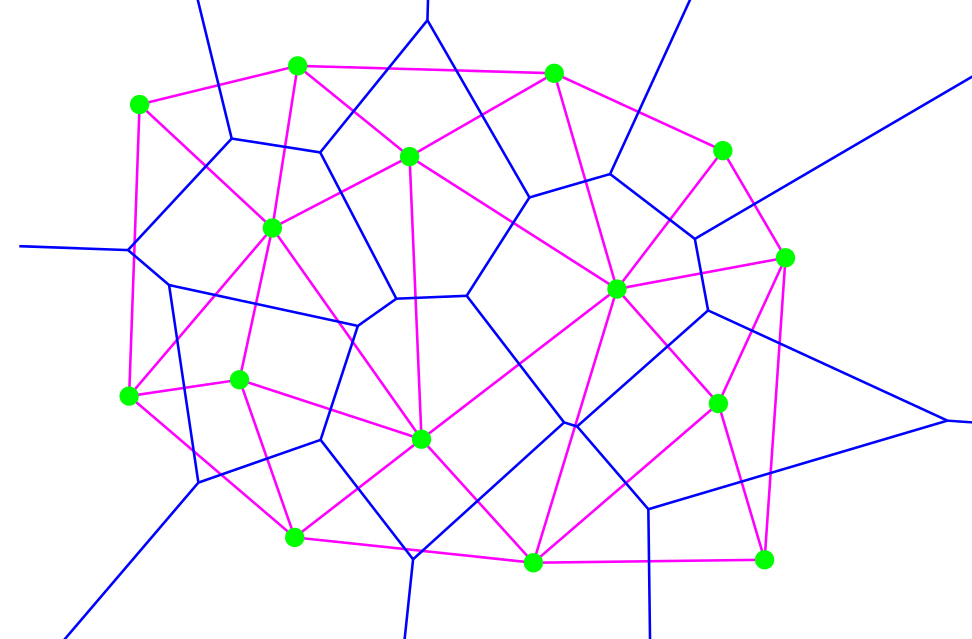Análise dialectométrica dos datos do Atlas Lingüístico Galego
Dialectometry is a scientific method born of the marriage between geographical linguistics and numerical taxonomy. This method provides a way to sum up data from a language atlas using statistical procedures which helps us to identify relationships and structures through straightforward observation of data which might otherwise not come to our attention.
It is possible to harvest the data in ALGa (a 2711-item questionnaire that has been applied in 167 locations) for quantitative analysis by means of the dialectometric method. Traditional dialectology groups speech varieties into blocks or areas based on a set of features that are a priori considered to characterize them (such as, in our case, the presence or absence of diphthongization in reflexes of Latin Ĕ and Ŏ or the loss or retention of Latin intervocalic -N-), whereas the dialectometric method can be used to group dialect areas on the basis of the statistical analysis of a large number of dialect phenomena without any prior hierarchicalization, thereby making it possible to eliminate subjectivity from the analysis to some extent. The dialectometric analysis performed by members of the ILG research team follows the model established by Hans Goebl of Universität Salzburg.
Numerical treatment also facilitates the analysis of statistical parameters such as standard deviation, distribution asymmetry, correlation between two distributions of variation (such as morphological variation versus phonological variation, or morphological variation vis-à-vis geographical distance). The geograhical representation of values for these parameters helps us to identify patterns which, besides grouping dialects by their degree of mutual affinity, also reveal relatively conservative or innovating areas, areas of transition as opposed to those with a more marked personality, and so on. Similarly, the method allows us to study the geographical consequences of language contact by comparing the degree of penetration of Castilianisms in each dialect or comparing dialects with the standard variety.







